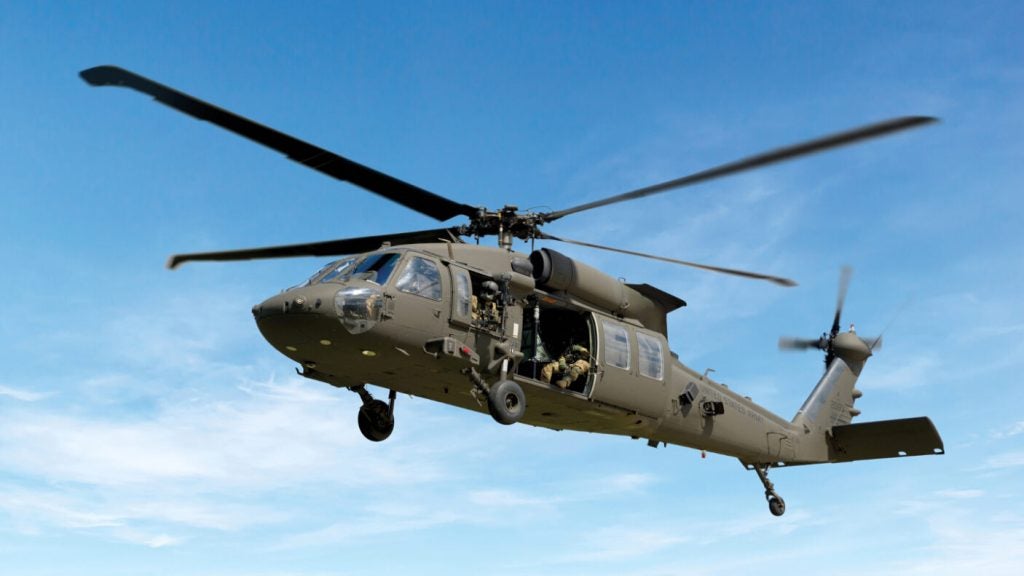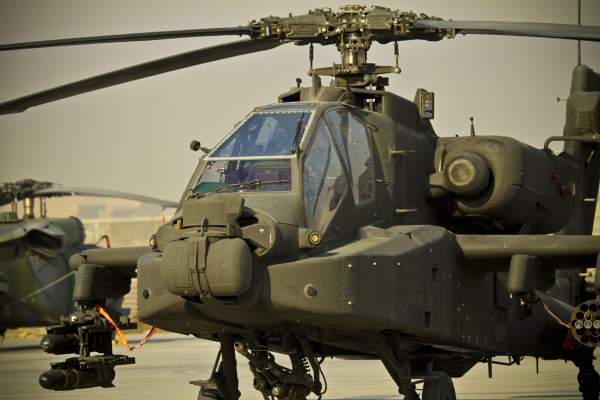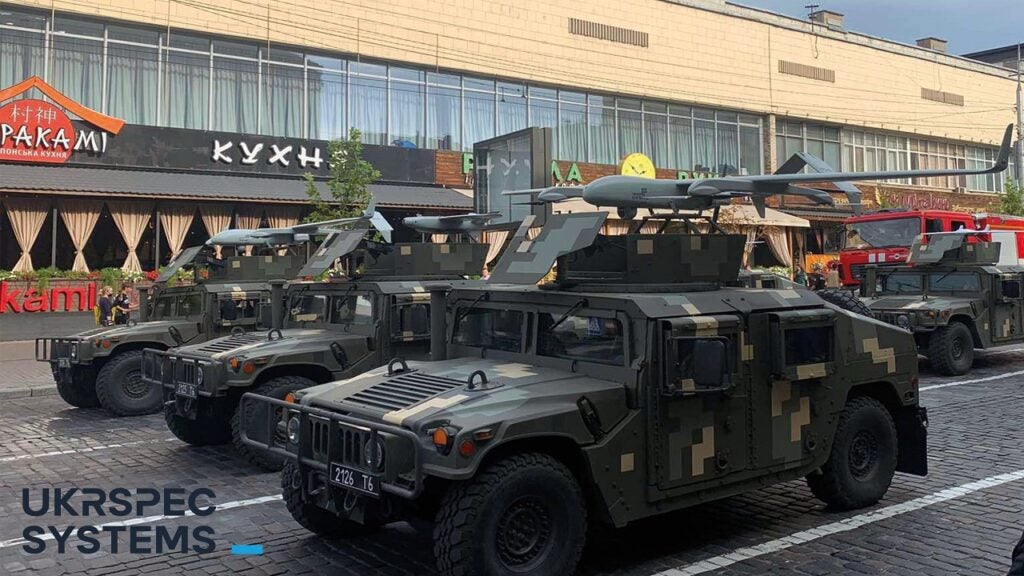The EC665 Tiger helicopter was developed for France and Germany in three configurations, UHT multi-role fire support for the German Army and HAD multi-role combat and HAP combat support for the French Army. Tiger is being built by Airbus Helicopters.
Tiger helicopter development
The first flight of the aircraft was in 1991. Serial production began in March 2002 and the first flight of the production Tiger HAP for France took place in March 2003. France has ordered 80 aircraft (40 HAP combat support and 40 HAD multi-role combat). The first HAP version was delivered in March 2005. Germany has ordered 80 combat support aircraft and the first UHT Tiger for Germany was delivered in April 2005. Total procurement is planned to be 120 for France and 120 for Germany.
In September 2003, Spain selected a version of the Tiger HAP combat support helicopter, called the HAD, armed with the Rafael Spike-ER anti-armour and Mistral air-to-air missile systems. 24 helicopters have been ordered, which also have an uprated Enhanced MTR390E engine and a heavier payload. Six helicopters in the HAP version were delivered to Spain in 2007 and converted to HAD.
France originally placed an order for 70 HAP and ten HAC, an anti-tank variant but this was changed to 40 HAP and 40 HAD variants in December 2005. Spain and France signed the development contract for the helicopter in December 2004. The production HAD made its maiden flight in December 2007.
Tiger UHT multi-role fire support helicopter
Tiger UHT multi-role fire support helicopters have an Osiris mast-mounted sight from SAGEM, with infrared charge-coupled device (IRCCD) camera and laser rangefinder. There is a nose-mounted forward-looking infrared (FLIR) with a 40° x 30° field of view.
Tiger can be equipped with four MBDA (formerly Matra BAe Dynamics) Mistral or Raytheon Stinger air-to-air missiles. The air-to-air missile control functions are on the flight control grip. Target acquisition is achieved by using the joystick to steer the sight manually or with automatic tracking. The FIM-92 Stinger missile, also produced under license by EADS (formerly LFK), is equipped with a 1kg warhead and range up to 5km. The Mistral missile has a 3kg warhead and range of 6km.
The Tiger is fitted with EADS/LFK ATA firing posts for the launch of Euromissile HOT 3 and Euromissile TRIGAT LR anti-tank missiles, fired by the gunner. Only one weapon is activated at a time.
The TRIGAT LR missile has a range of 500m to 5,000m and can be applied in direct attack or terminal dive attack modes. The HOT 3 missile has a range of up to 4,000m.
Germany placed a production contract for the PARS 3 (TRIGAT LR) missile in June 2006. 680 PARS 3 LR missiles were delivered by 2014 for the German Army Tiger UHT helicopter. The Tiger ARH for Australia is fitted with the M299 launcher for Hellfire II missiles and is also armed with 70mm rockets.
TIGER HAD combat helicopter
French Tiger HAD helicopters are armed with eight Lockheed Martin Hellfire II air-to-ground missiles. Hellfire II has a semi-active laser seeker and range of over 8km. Spanish HAD is armed with Rafael Spike-ER air-to-ground missiles, license-built by General Dynamics Santa Barbara Sistemas.
HAD is also armed with one Nexter (formerly Giat) 30mm cannon turret, 70mm rockets and four Mistral air-to-air missiles. HAD helicopters are also equipped with the Sagem Strix roof-mounted sight.
The French Defense Procurement Agency (DGA) placed an order for seven Tiger HAD attack helicopters in December 2015. The French Army Aviation received its first retrofitted HAD helicopter from Airbus in December 2017.
TIGER ARH armed reconnaissance helicopter
The Tiger ARH for Australia is fitted with the M299 launcher for Hellfire II missiles and also armed with 70mm Hydra rockets, the Nexter 30mm cannon and four Stinger air-to-air missiles.
In December 2001, Eurocopter, with the Tiger ARH (armed reconnaissance), was awarded the contract for the Australian Army’s Air 87 requirement for 22 helicopters. The Tiger ARH is a modified version of the Tiger HAP with upgraded MTR390 engines, a laser designator incorporated in the Strix sight for the firing of Hellfire II air-to-ground missiles and M299 ‘smart’ launchers.
The first Tiger ARH took its maiden flight in February 2004 and deliveries began in December 2004. It entered service in 2008.
Eurocopter subsidiary Australian Aerospace set up a local production facility for the assembly of the helicopters and the manufacture of parts for the entire programme. ADI Ltd is a major subcontractor, responsible for customising the mission and communications systems.
Tiger HAP combat support helicopter
In its combat support role, the Tiger HAP uses a gun for short-range engagements, 68mm rockets at medium and long range and Mistral missiles to engage airborne threats. The helicopter is equipped with a turreted 30mm gun together with: either four Mistral missiles, 44 rockets plus four Mistral missiles, or 68 rockets. Only one weapon can be activated at a time.
The Tiger HAP helicopter for the French Army is equipped with a 30mm AM-30781 automatic cannon from Nexter. Rate of fire is 750 rounds a minute. Tiger HAP also carries four Mistral missiles and two pods each carrying 22 SNEB 68mm rockets.
Tiger HAP has a SAGEM Strix roof-mounted sight, with a gyro-stabilised platform, infrared camera, Charge-Coupled Device Television camera (CCD TV), laser rangefinder and direct optical sight.
French Tiger HAP helicopters are capable of deployment from French Navy Mistral and Foudre Class amphibious transport vessels and Charles de Gaulle aircraft carrier.
Design
In order to minimise the weight, approximately 80% of the airframe has been constructed of composite materials. The frames and beams have been fabricated from Kevlar and carbon laminates. Panels are composed of Nomex honeycomb material with carbon and Kevlar skins.
The helicopter blades are of fibre-composite construction. Radar reflective structures and surfaces have been minimised.
Cockpit
Each cockpit is equipped with two multifunction colour displays supplied by Thales Avionique and VDO Luftfahrtgerate Werk, which display imagery from the gunner’s sight, the FLIR and video image from the Dornier/VDO Eurogrid digital map generator.
The French Tigre helicopter has a TopOwl helmet-mounted sight for both crew stations and a head up display for the pilot, all supplied by Thales Avionique. The German Tiger crew is equipped with BAE Systems Integrated Day and Night Helmets. Australian Tigers have the helmet-mounted sight display (HMSD) from ADI.
Each crew station is equipped with a control and display unit (CDU). Navigation, communications and system status are controlled via the CDU, which includes a data insertion device (DID), a removable memory pack preprogrammed with mission data at a ground station.
Countermeasures
EADS Defence Electronics is providing the EWS electronic warfare suite for the Tiger, which includes a radar warning receiver, laser warner, MILDS missile launch detector developed by EADS DE, central processing unit from Thales and SAPHIR-M chaff / flare dispenser from MBDA. This system is also fitted in the NH 90 helicopter. Indra is providing the electronic warfare suite for the Spanish Tigers.
Navigation
The navigation system contains two Thales Avionique three-axis ring laser gyro units, two magnetometers, two air data computers, BAE Systems Canada CMA 2012 four-beam Doppler radar, radio altimeter, global positioning system and a suite of low air speed sensors.
Turboshaft engines
The Tiger HAP / UHT is powered by two MTU / Turbomeca / Rolls-Royce MTR390 turboshaft engines rated at 960kW (1,285shp). Self-sealing crashworthy fuel tanks have explosion suppression and non-return valves.
Tiger HAD has two MTR390-E enhanced engines rated at 1,094kW (1,467shp).















